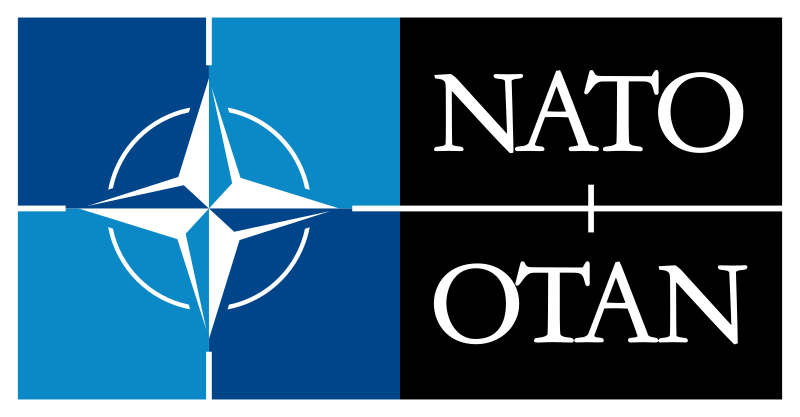
The United States spends 3.2% of its GDP on defense (SIPRI 2019) or 3.57% in 2017 according the Secretary General’s Annual Report (2017). All the other 28 countries in NATO spend less than that. Only three or four NATO members spend more than 2% (Greece at 2.36%, UK at 2.12%, Estonia at 2.08%). There is a little confusion in these figures, for NATO records France at 1.79% for 2017 while SIPRI in 2019 has France at 2.3%). Germany spends 1.24% (1.2% according to SIPRI). Canada, which has a GDP almost as large as Russia spends 0.9% (SIPRI) or 1.29% (NATO). Russia spends 4.3% (SIPRI).
But the United States had multiple commitments around the world, and many of these have nothing to do with NATO (which is…the North Atlantic Treaty Organization). In fact, there is a geographic definition in their charter. Of course, the notable exception here is Afghanistan, where most nations sent troops as part of a NATO force there.
Not all of the U.S. forces are in Europe. For example, we have two maneuver brigades in NATO (Germany and Italy). We have 13 divisions in the U.S. Army and USMC (usually three maneuver brigades per division). Therefore, is U.S. ground commitment to NATO roughly 2/42nds of our ground forces? Or should we include all those units in Texas and Colorado and elsewhere who can be moved to Europe on short notice (I hope they can move…haven’t checked on that recently)?
So, for example, the U.S. forces in Korea are not a NATO asset. The Second Infantry Division has its division headquarters, its Combat Aviation Brigade, its sustainment Brigade, and an independent Field Artillery Brigade based in Korea, but its two maneuver brigades (both Stryker Brigades) are in Washington state. In 2015 we deactivated the 1st Armored Brigade Combat Team and instead rotate a brigade from other divisions to Korea for nine month tours (3rd ABCT, 1st Armored Division is there now). The 3rd Marine Division HQ is in Okinawa. It is almost certainly not a NATO asset. Also, it is effectively only two brigades (the Third Marine Expeditionary Brigade of only one MEU and the 3rd and 4th Marine Regiments). So are we really looking at 37/42nds of our ground forces committed to NATO?
The same goes with the Air Force which only has the Third Air Force in Europe with three fighter wings and three other flying wings. The U.S. Air Force as of 2015 had 57 active duty flying wings. So, is only 6/57th of the Air Force in Europe? Planes are quick to move. A lot could be moved there quickly, and we maintain multiple airfields.
The navy has only one fleet (the Sixth Fleet) that regularly operates in the north Atlantic with one carrier and one carrier that regularly operates in the Mediterranean. We have six numbered fleets (one is a cyber command), 11 carriers and 9 Marine amphibious assault ships (which are about the size of most other peoples’ carriers). Usually about two of those carriers and Marine amphibious assault ships are operating in and around Europe, although it is easy to move ships about. Still, between Korea, the Pacific, the Persian Gulf, not everything is available for Europe.
So clearly we are not spending 3.2% of our GDP on NATO. We do have some other commitments in the world (Korea, Afghanistan, Iraq, Syria, Niger, etc.). As certainly more than 2/3rds of our army, air force and navy can be committed to Europe on short-notice then we can argue we are above 2% of GDP.
